[ Page 4 ]
... continued from
page 3....
page 2
page 3
page 4
I made several of these. Earlier, a kit was completed for a Czech AF L-39 many years ago as seen here.....
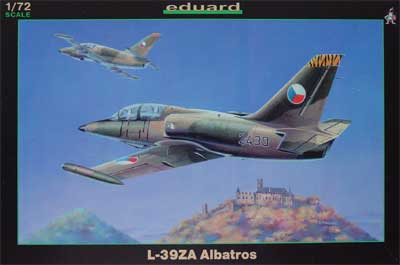
Eduard releases were also "weekend edition" kits for quick builds but also kits with some extra detail parts of etched metal and canopy masks and "Double Combo" kits with parts for 2 models. Some slightly different versions are for the L-39C, L-39ZA and L-39ZO.
(Please note that there are variations
in antenna and anti-collision lights layouts between L-39 Albatros aircraft,
so check photos for the desired aircraft to model. )
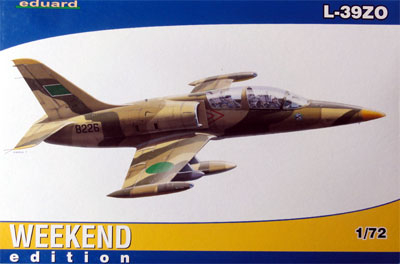
Kits made here are:
(C) L-39ZO kit #7416 (Weekend
Edition) with decals for one Libyan Air Force desert camouflaged aircraft
with 2 kits purchased;
...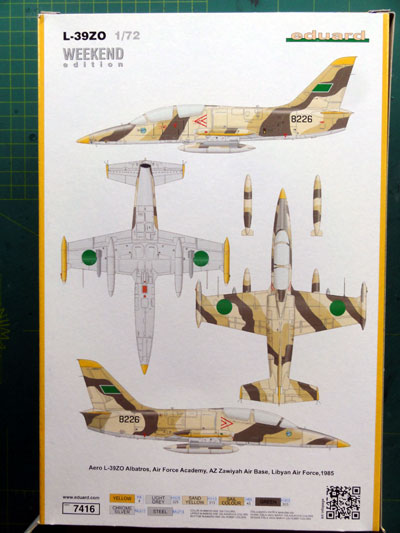
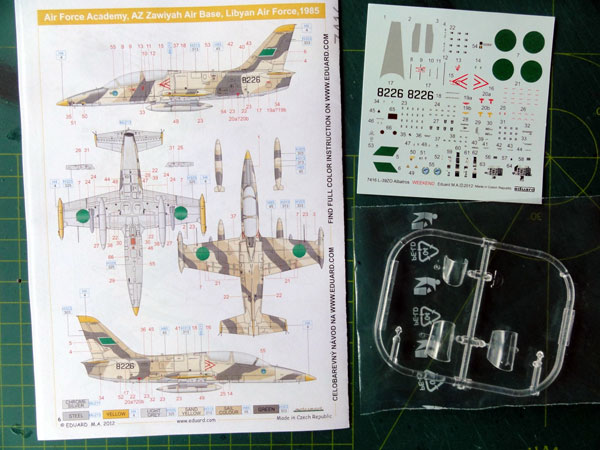
(D) L-39C kit # 7418 (Weekend
Edition) with decals for one USAF 412 test wing grey L-39C;
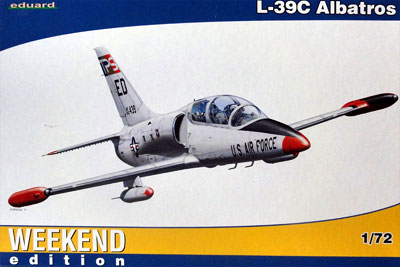
Some general comments on the EDUARD
L-39 kits:
some small parts of these kits look
to vary like the instrument panels and gun sights. Some kit releases have
painted etched metal for the instrument panels and side consoles.
The number of parts is about 60 with
fine recessed panellines. The two canopies can be set open and for the
anti-collision lights on the wing tanks, clear parts are nicely provided.

..
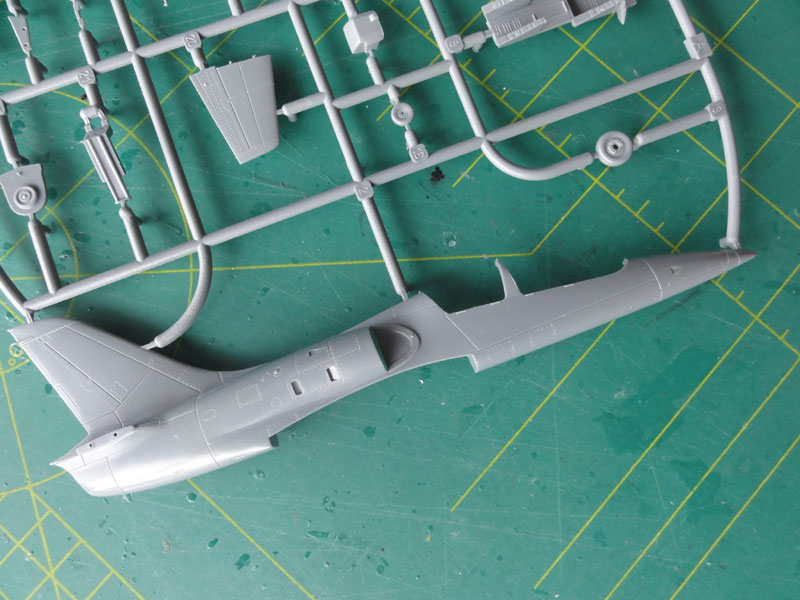
..
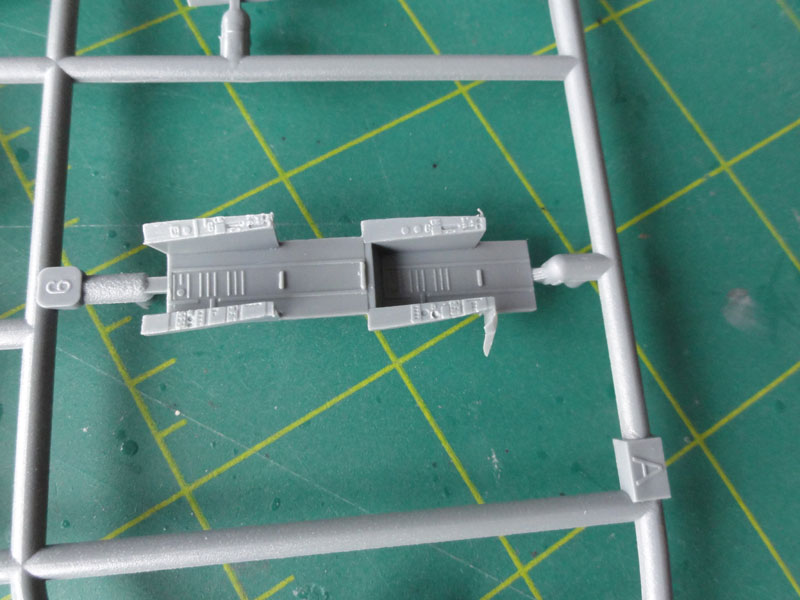
Stores comprise 4 wing pylons, fuel tanks and what I thick are ground firing training rockets. The gun pack is a seperate item for fitting under the forward fuselage. The assembly is clearly shown in the instructions.
Construction starts with the cockpit.
But the seat sizes are considerable different as compared to the PAVLA
resin seat I also purchased. The rear seat in particular is quite high
and when the caniopy is set closed interferes with the canopy. So I reduced
both Eduard kit seat heights considerably by about 2 mm. An easy task.

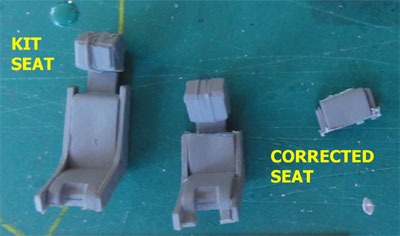
...

On the Eduard kits I would pose the
canopies open, so I replaced the kit seats with more details PAVLA resin
seats (see above).
The remainder of the kit assembly
is good, check which holes to open up in the lower wing depending on your
pylon and weapons choice. Some tiny amounts of filler were needed at the
intakes and lower wing-fuselage joints. My kit had some sinks marks at
the rear upper fuselage, these were filled as well.
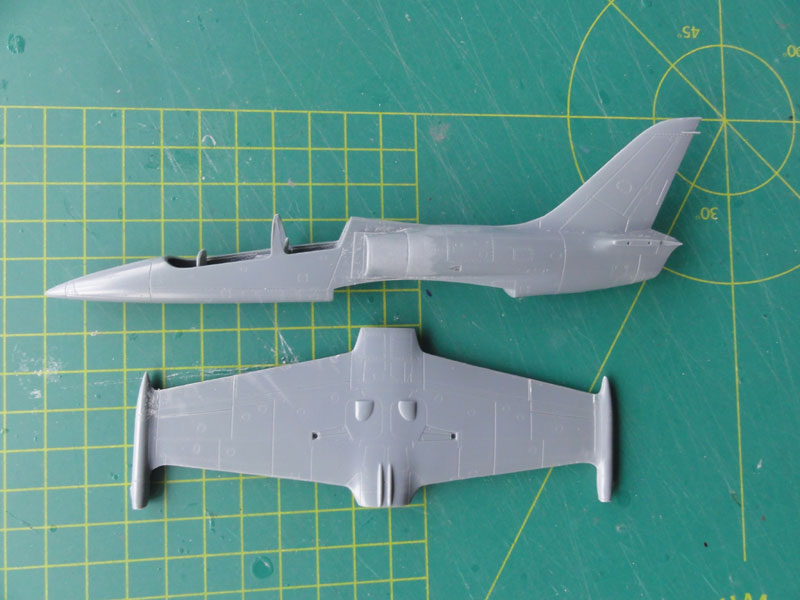
....

...

After each basic assembly, a basic
grey coat was applied with the airbrush. This showed the models were ready
for getting their different colour schemes.
Several Eduard kits will be made.

The Eduard kit #7416 for a L-39ZO was finished in a scheme for Lithuanian Air Force. The national markings came from a Hi Decal Line set HDL 72-019.
Colour scheme is very simple with an overall grey scheme. Used was probably grey FS36306 for which Gunze Sangyo 307 acrylic paint is accurate enough for me, it was applied with the airbrush.
The cockpit canopies would be set open, so adding some extra details in the cockpit is worthwhile. So resin seats came from PAVLA. Remarkably, the Eduard seats apparantly for the VS-1 type of the kit are very large and too high, so indeed these are better replaced.
The canopy frames were also painted and on each canopy a fixed handle is seen so 2 in total on the port left sides, these were made from thin sprue. Also, the canopy actuators were added inside from metal rod.
The wind screen was painted and got
a black anti-glare panel.
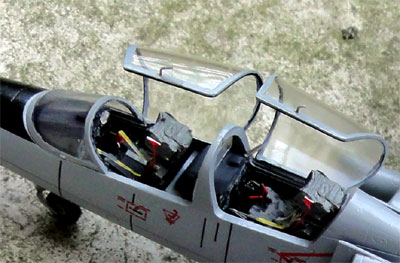
The wing leading edge pitot tubes
made from metal needles. A couple of fuel tanks were installed from the
kit. I could not really see if the wing tip tanks had anti-glare panels,
so did not apply these.
Other kit finishing was similar as described for the other models with a dull varnish coat. Final installment was the undercarriage as well as some small antennas. Adding static dischargers completed the model.
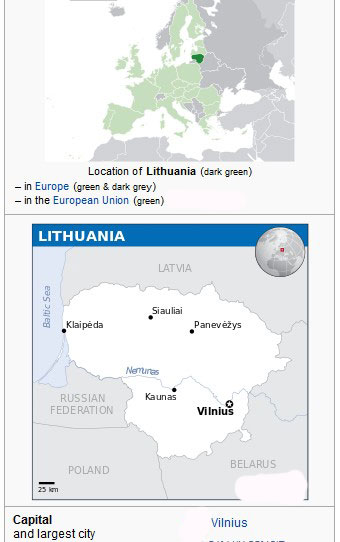
 .....
..... .
.
[area: 65,300 km2 | population: 2,8 million | capital: Vilnius | GDP nominal per capita: 20,000 Euro ]
Lithuania became independent again after the collapse of the Soviet Union in 1991. The Lithuanian Air Force is the military aviation branch of the Lithuanian armed forces. The country joined NATO in 2004 and regularly NATO provides air defense patrols. The small air force has about a dozen light aircraft at bases such as Šiauliai, Radviliškis and Kaunas. Two L-39ZA were acquired after these were modernized in Romania in 2007. The aircraft are used for training control officers and based at Šiauliai.
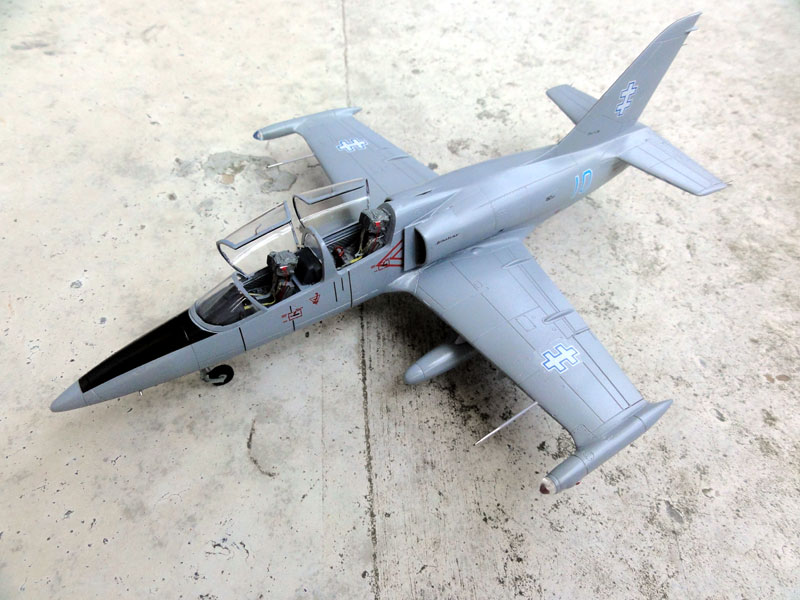
..
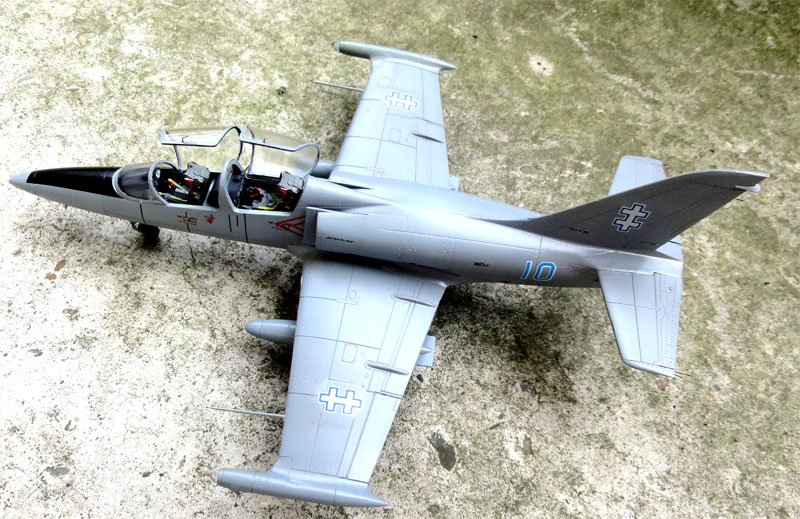
..
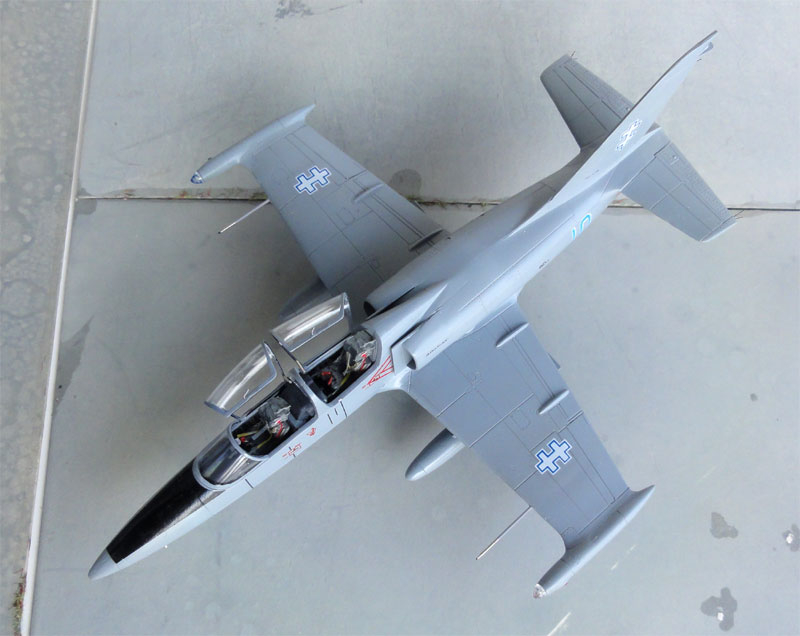
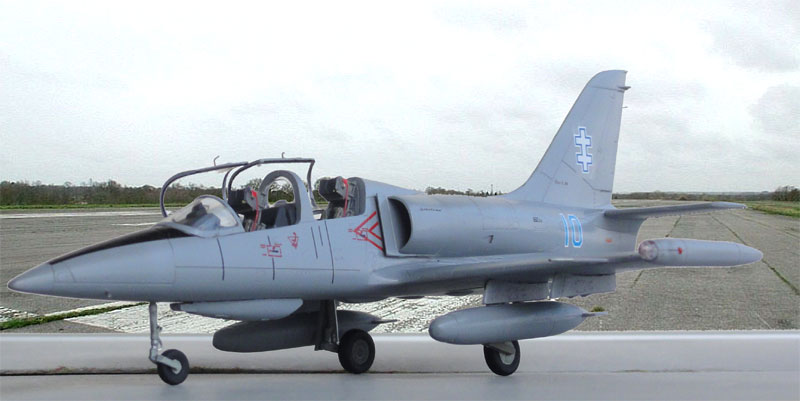
L-39ZA
Lithuania Air Force at first aviation base at Šiauliai
in 2010.
Another Eduard kit was made. It was to be finished as L-39CM trainer in a scheme for the Slovak Air Force. Decals came from Model-CZ decalset MCZA72004 with special markings on the tail. The national markings are "toned down" with grey outlines.
Colours airbrushed were acrylic paints:
first overall coat: grey FS36375
using Gunze Sangyo 308;
than followed after masking by FS36270
using Gunze Sangyo 306, and next the pattern on FS36118 using Gunze Sangyo
305.
Several black areas on spine, anti-glare
and tail leading edges, stabilizer tips and wing tip tanks.
The model was finished with various details as well as the model described above. Seats came from PAVLA. Additions are also anti-collision light and smaller antenna on the spine. The L-39CM is a trainer, so the model was kept "clean" with no underwing pylons nor stores.
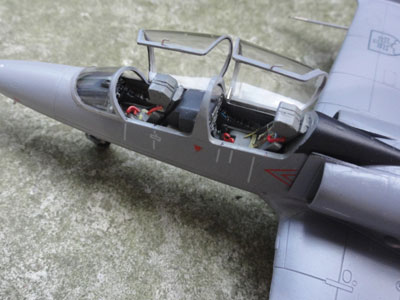
[area: 49,035 km2 | population: 5,4 million | capital: Bratislava | GDP per capita nominal: 20,000 Euro ]
Slovakia became independent again after the collapse of the East Block with the split with Czechia in 1993. The air force aircraft were split as well. The Slovak air force now has a number of aircraft like L-39 Albatros attack aircraft and trainers and MiG-29 fighters along with some transport aircraft and helicopters. Most L-39 aircraft of 2."Letka" are based at Sliac air base in mid Slovakia. Autumn 2022 it appears that F-16 Block 70 have been ordered.
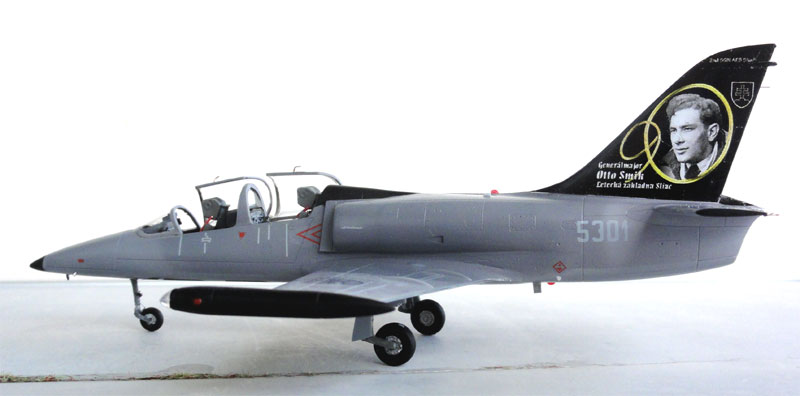
....
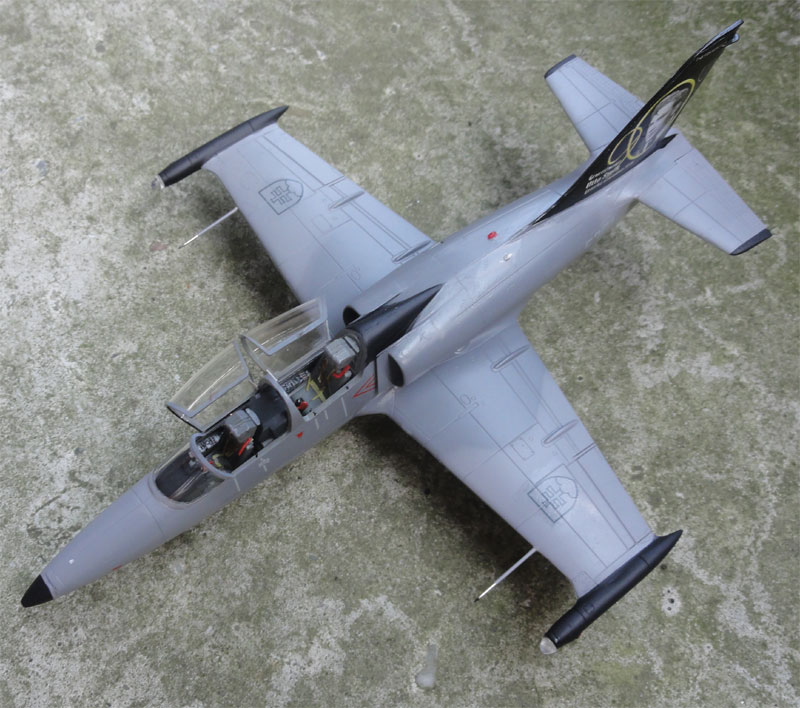
....
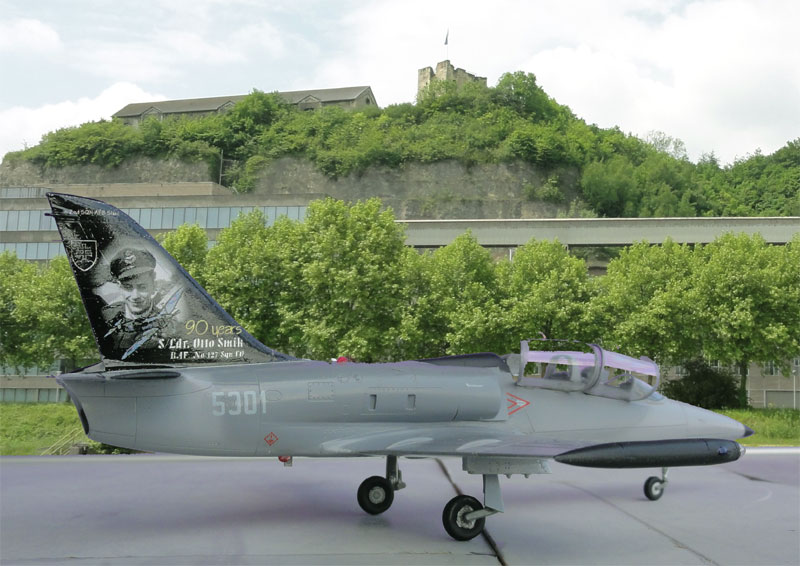
....
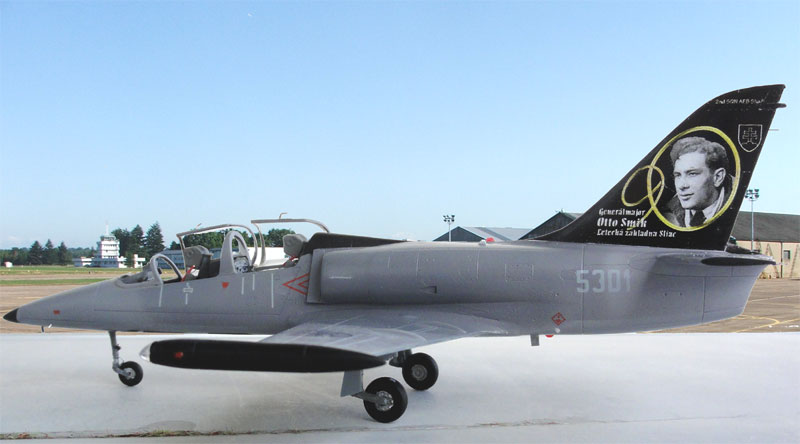
L-39CM trainer
of Slovakia air force ("Vzdušné Sily Ozbrojených Síl
Slovenskej Republiky")
Another Eduard kit #7418 for a L-39C was made in a scheme of the Hungary air force.
I had from a KoPro kit #73159
(which is the old KP kit) very nice decals for a L-39ZO of the Hungarian
Air Force for 2 nice schemes. It was decided to put these decals on this
Eduard kit.
Scheme B was used:

and scheme A is also shown here...
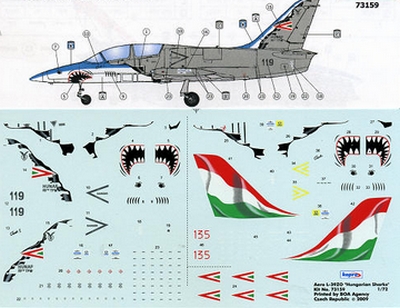
The scheme B is for a L-39ZO coded "135" Capali as seen at the Kecskemet air show in 2007. It required masking of several colours. I made a paper copy of the decal sheet and used this as pattern for masking. This is important to avoid a sort of over flow as the decals should conform to the camouflage pattern outlines.
Colours airbrushed were acrylics:
white, using Revell Aqua 04 "weiss"
(nose and also on the vertical tail)
lower areas: AKAN 73008 blue;
green: FS34079 using Gunze Sangyo
309;
dark earth: Revell Aqua 82;
The blue pattern on the upper nose was airbrushed with Gunze Sangyo H25 blue. It is not solid but blends into the lower white fuselage. The various smaller anti-glare panels were airbrushed matt black.
The decals themselves are very thin, so take care here. The nose shark teeth decal was cut in half and trimmed to fit better. The tail edges were also painted red to match the decals.
The cockpit got PAVLA
resin seats and some other details made from scrap as the canopies were
set open.

The model was finished with various
details as well as described for the models above.
[area: 93,000 sq.km | population: 9,7 million | capital: Budapest | GDP 15,000 Euro per capita nominal ]
Hungary borders were first established after the end of World War I at 1916, before that it was in the Austro-Hungarian Empire. The air force was established in 1918 but under the Trianon Treaty from 1920 was not allowed anymore. After the Second World War, it became part of the Communist Eastern Block with armed forces through the Warsaw Pact. In 1956 there was the Soviet intervention to secure Communist control and after that large numbers of Soviet aircraft were used by the air force. About 60 MiG-15' s, about 100 MiG-15bis and more than 60 MIG-15 UTI two-seater trainers were delivered. The Hungarian pilots sometimes called their MiG-15 the "Jaguar". The MiG-15's were flown in Hungary until 1975.
Other types were obviously MiG-17, MiG-21 and
trainers like the L-29 and later the L-39.
After the collapse
of the Soviet block in 1989, several Eastern Europe countries gained real
independence. Hungary is now a NATO member. The Hungarian Air Force ("Magyar
Légiero") is a relatively small air force with the newest JAS-39
Gripens (with some 16 Gripens "leased" that replaced the MiG-29). Some
utility and transport aircraft are also used as well as various helicopters.
Main bases are at Kecskemet, Szolnok and Papa (where also a small NATO
transport detachment with Boeing C-17 is stationed).

..
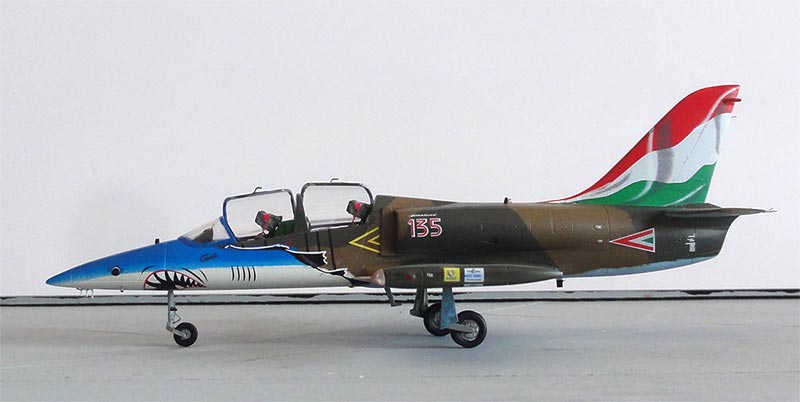
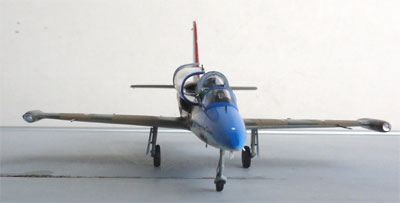
..
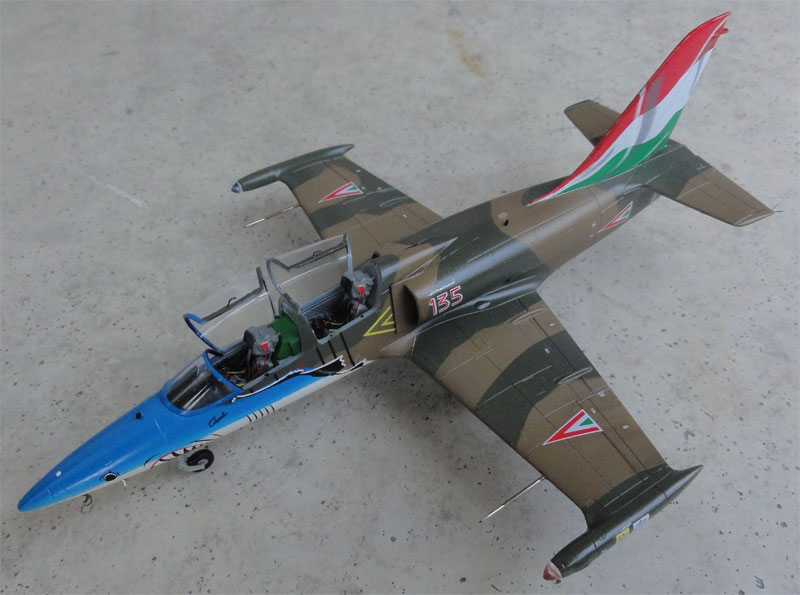
..
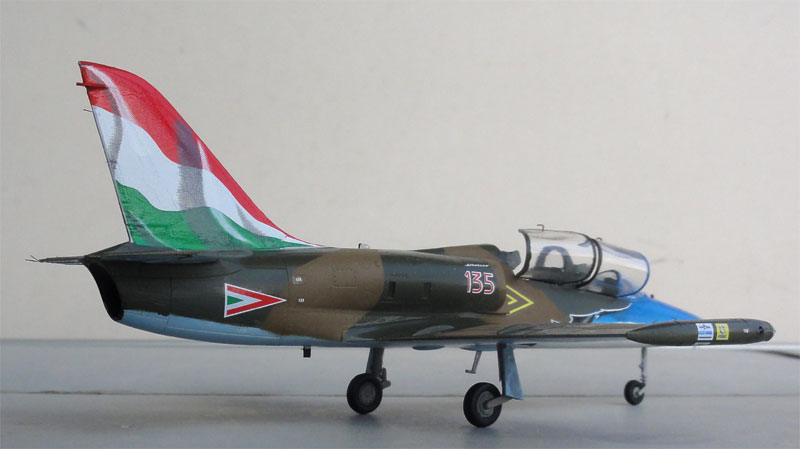
..
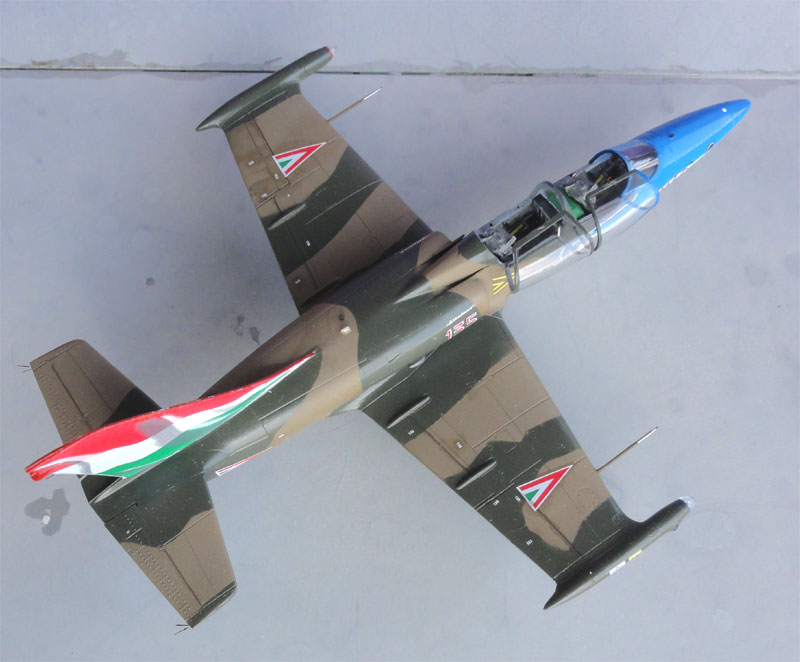
..

Aero L-39ZO of the Hungarian Air Force ("Magyar Légiero")
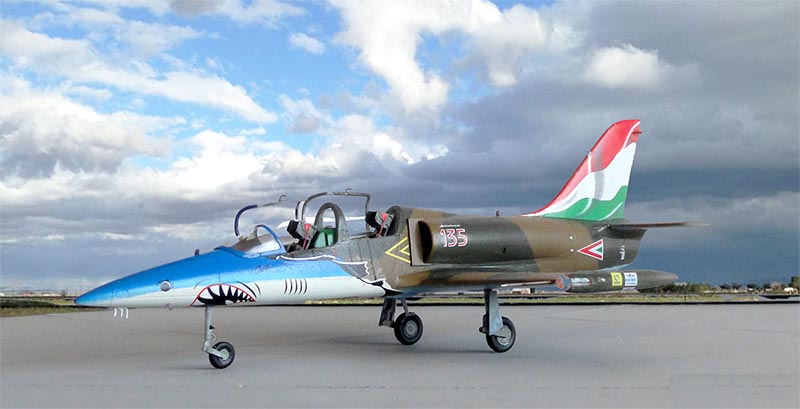

..
On to next [ Page 5... ]

(c) Copyright Meindert "designer"/ All rights reserved. Your comments are welcomed by webmaster
Created this page
June 5, 2016
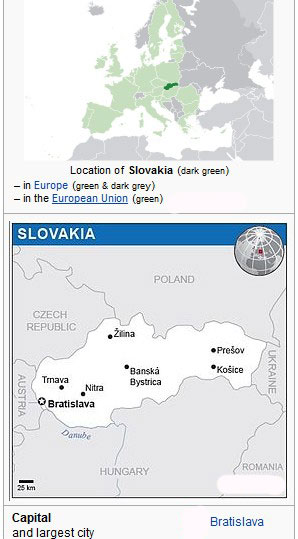

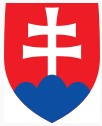
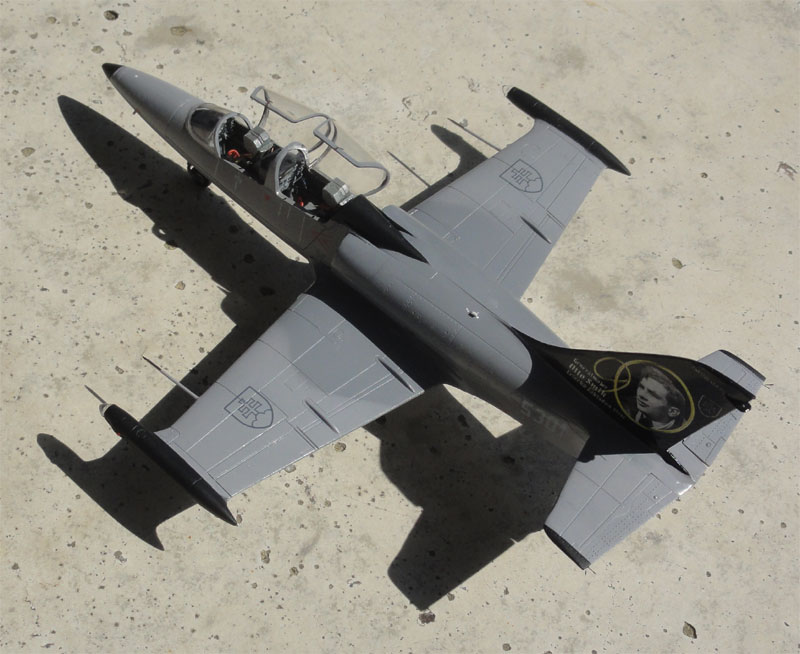


 ....
.... .....
..... ..........
..........
